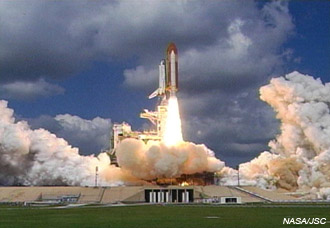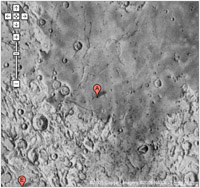Having recently finished the fabulous book The Victorian Internet (recommended by Rebecca, who clearly has a handle on what I might like!), I’ve spent a little bit of time obsessed with how amazing the telegraph must have been back in the mid-1800s, and imagining how surreal it must have felt to those who watched it happen. One day, communicating with family across the country might take weeks — and then a year or two later, the same messages might only take minutes to travel back and forth. Before the telegraph, businesses which shipped products and materials internationally might not know whether their shipments made it to their destinations for months; after the telegraph, the same businesses might know within hours of arrival. People had the vision to run telegraph cables along nearly every railroad track in the world, through frozen tundras, and even across seas and oceans, all in the name of making the world a little smaller. I really am in awe.
Of course, this all makes me that much sadder to learn that Friday, Western Union discontinued their telegram service, after 155 years in the telegraph business. (Just to clear up some word confusion: telegraphy is the process of sending messages using Morse code, and early on, the term “telegram” came to refer to the messages themselves.) Western Union was pretty much critical in the development of the telegraph network in the United States; it strung the first transcontinental line in 1861, introduced the first stock ticker in 1866, created elaborate schemes which allowed the secure transfer of money beginning half a decade later, and beginning in 1974, was the first company to send aloft its own batch of communications satellites (the Westar system) to handle its messaging needs. Alas, electronic mail and instant messaging dealt the telegraph system a death blow, making Western Union’s move unsurprising.






